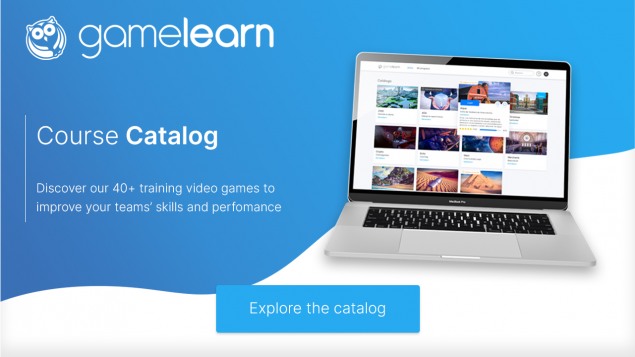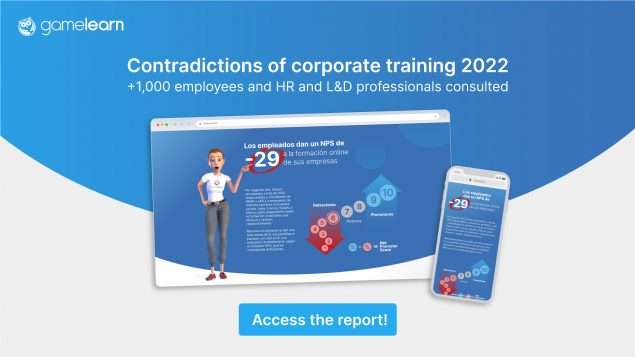Digital transformation is the process by which companies use digital technologies to solve traditional problems, such as declining performance, productivity, agility, or efficiency. This transformation must begin with a structural change in organizations. New technologies allow us to retrain our employees. They can be tools for HR and HR directors, in particular, to redefine their roles and increase the value they bring to the company. It is a process by which companies use technology to improve performance, increase their reach, and ensure better results. It’s a structural change in organizations, giving a key role to technology, and many leading companies are moving towards it.
Target the new generations
The new HR sector has a key role to play. It can replace traditional cost-cutting practices and approaches with strategies involving innovative organizational structures, tools, measures, and processes. HR directors’ goal is to be leaders, manage change, and provide solutions that allow their departments to reshape the organization itself and its workforce to gain a competitive advantage.
Generation Z, for example, is made up of people born after 1994 and considered digital natives. According to Fast Company, starting in 2021, as a result of the global COVID-19 pandemic, this generation will be the beginning of a new way of working. This generation has grown up surrounded by digital devices and they’re the ones demanding these changes the most.
HR professionals are responsible for providing future generations with technology that enhances not only their experience but also that of other employees, meeting different expectations and preferences. HR departments are increasingly seen as a digital and strategic area for companies. They can improve the work environment and employee satisfaction. Digital transformation is necessary to optimize working conditions and productivity, guaranteeing a more strategic performance.

New technologies attract talent
By strategically adopting technologies, companies ensure higher employee productivity. When professionals no longer need to worry about automated tasks, it allows them to focus on more important things, things that are truly strategic. Whether it’s adopting an instant messaging solution within the corporate network or a calendar system to manage rooms and meetings, technology can make life, and work, easier. HR managers must adopt digital transformation practices and technologies as soon as possible to stay ahead of the competition and achieve:
- A decrease in repetitive and bureaucratic work.
- Greater efficiency and agility to meet business needs.
- Full integration and better collaboration between HR and the rest of the company.
After looking at the benefits digital transformation can bring to HR, it’s time to learn about the main aspects we must take into account when implementing the processes, technologies, and best practices associated with digital transformation.
Organizations embracing digital transformation use the most effective technologies on the market. As a result, their performance and responsiveness are far superior to their competitors who are still “stuck in the past”. Teams are becoming more flexible and open to change. This helps improve processes and alleviates pressure on the transition.
Implementing technology itself can help in this regard too, either by using digital learning systems for training, making predictions, or building different scenarios for business decisions. One system we can use to develop employees’ skills is video games that provide game-based learning. Investing in this technology can increase the company’s performance. The entire business model is positively affected, gaining strength to face the challenges of the market.
Game-based learning—a good starting point
Did you know that today, the principles used in video games can be applied to the real world? Especially through the use of game-based learning.
Games are used as a form of motivation in many companies. They can function as a talent retention tool, helping to avoid turnover and the costs derived from it. More motivated employees offer higher productivity. Managers keeping an eye on the trends improve the efficiency of their companies. They’ve found a way to improve their situation by applying game-based strategies to their training.
Game-based learning can be used as a tool for training, recruiting, or motivating employees. It applies elements of games, such as rankings and storytelling, to the problems and challenges of the professional world.
As we know, clients aren’t a company’s only concern, the correct management of human resources is essential. It’s important to engage and motivate employees to foster their sense of belonging and increase their productivity. Employees should be the first to benefit from game-based learning programs. In this way, an environment is created in which they feel recognized and rewarded for their achievements, even beyond company benefits. This powerful tool is like a personalized employee loyalty program that encourages people to achieve real career goals.






